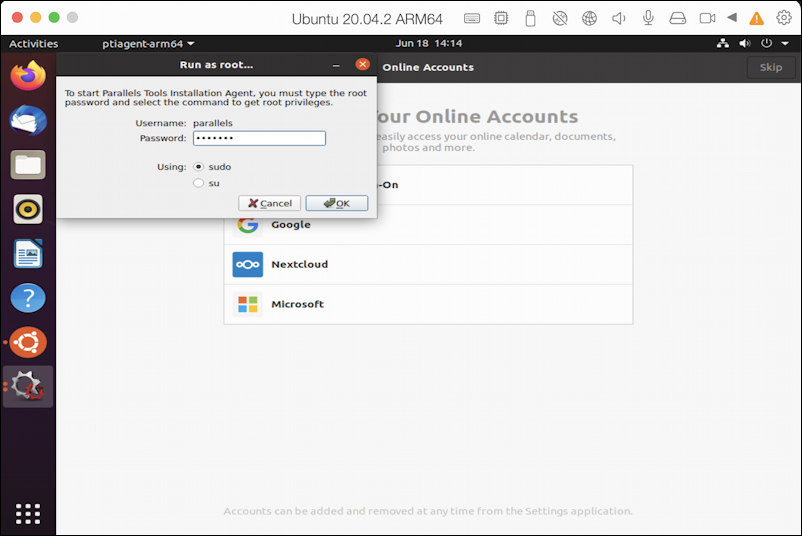

Sadly, VirtualBox (our recommendation for running VMs on non-AS Apple hardware) doesn't (and likely won't) run on this new hardware.

The remaining option, running Linux in a VM, is our recommendation. Dual Bootīecause there is no bare metal Linux OS that's ready yet, this option is not really viable either.

While technically these OSes 'run' they do not represent a really usable 'daily driver' setup and thus we don't recommend them at this time though if you're curious about what's currently possible, check out this blog post. However, as of now, they got as far as getting serial output (via UART) and simple framebuffer output (aka just enough to see the kernel output on the screen). The Asahi Linux kernel takes a different approach, with them taking as much time and funding as possible to create something that can be included officially with the addition of them also working on graphics drivers for the M1 (the Corellium kernel is all software rendering). They took that knowledge and immediately ported that to the M1, the result is them being the first to offer a full Linux desktop running on bare metal M1, but that comes at a cost: None of their patches are upstreamable (their modifications to the Linux kernel are considered hacky and won't be merged to the official Linux kernel) Here are two Linux kernels available for the M1, the upstream kernel maintained by the Asahi Linux team, and the Corellium Kernel maintain by uh well Corellium.Ĭorellium is a company that specialises in virtualizing iOS, but they have another project called 'projectsandcastle' which is a port of both the Linux kernel and Android to select iPhones. Running linux 'bare metal' on AS hardware is technically possible but not really usable yet. The main thing to keep in mind is that there's a difference between virtualization (running another OS designed for the same CPU architecture) and emulation (running an OS designed for a different CPU architecture). The Apple Silicon processors have very impressive performance for their energy consumption no need for fans, all day battery life, great speed etc.but as they don't use the same CPU architecture as most desktop/laptop computers, a bit of extra work is required to get Linux working on them. This guide will help you install Linux on newer Apple hardware that uses an Apple Silicon (ARM) CPU. Installing Linux on Apple Silicon (eg M1)


 0 kommentar(er)
0 kommentar(er)
